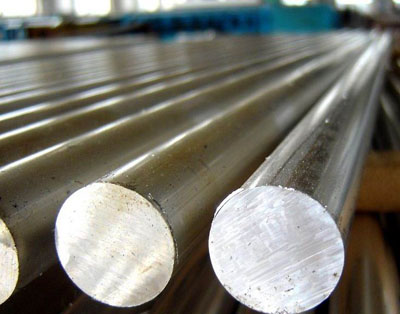316L Austenitic Stainless Steel Bright Bar Hardness
316L Austenitic Stainless Steel Bright Bar is supplied in the annealed condition with a typical brinell hardness of 175. 316L SS is a low carbon-chromium-nickel-molybdenum austenitic stainless steel with good strength and excellent corrosion resistance. 316L SS bright bars cannot be hardened by thermal treatment, but strength and hardness can be increased substantially by cold working, with susequent reduction in ductility. 316L Material non magnetic in the annealed condition, but can become mildly magnetic following heavy cold working. Annealing is required to rectify if necessary.

Characterized by high corrosion resistance in marine and industrial atmospheres, 316L SS bright bar exhibits excellent resistance to chloride attack and against complex suphur compounds employed in the pulp and paper processing industries. The addition of 2% to 3% of molybdenum increases its resistance to pitting corrosion and improves its creep resistance at elevated temperatures. The low carbon content reduces the risk of intergranural corrosion (Due to carbide precipitation) during welding, reducing the need for post weld annealing. Finally it displays good oxidation resistance at elevated temperatures.
316L material is now available with improved machinability (by calcium injection treatment), which has little effect on corrosion resistance and weldability while greatly increasing feeds and/or speeds, plus extending tool life.
Elevated Temperature Properties
316L austenitic stainless steel round bar displays good oxidation resistance in continuous service up to 930 oC, and in intermittent service up to 870 oC. Due to its low carbon content it is also less susceptable to carbide precipitation resulting in intergranular corrosion when heated or slow cooled through the temperature range 430 oC - 870 oC either in service or during welding.
316L austenitic stainless steel bright bars are used extensively by the Marine, Chemical, Pulp and Paper, Textile, Transport, Manufacturing and allied industries. Typical uses are Marine Equipment and Fittings, Photographic Equipment and X-Ray Equipment etc.
